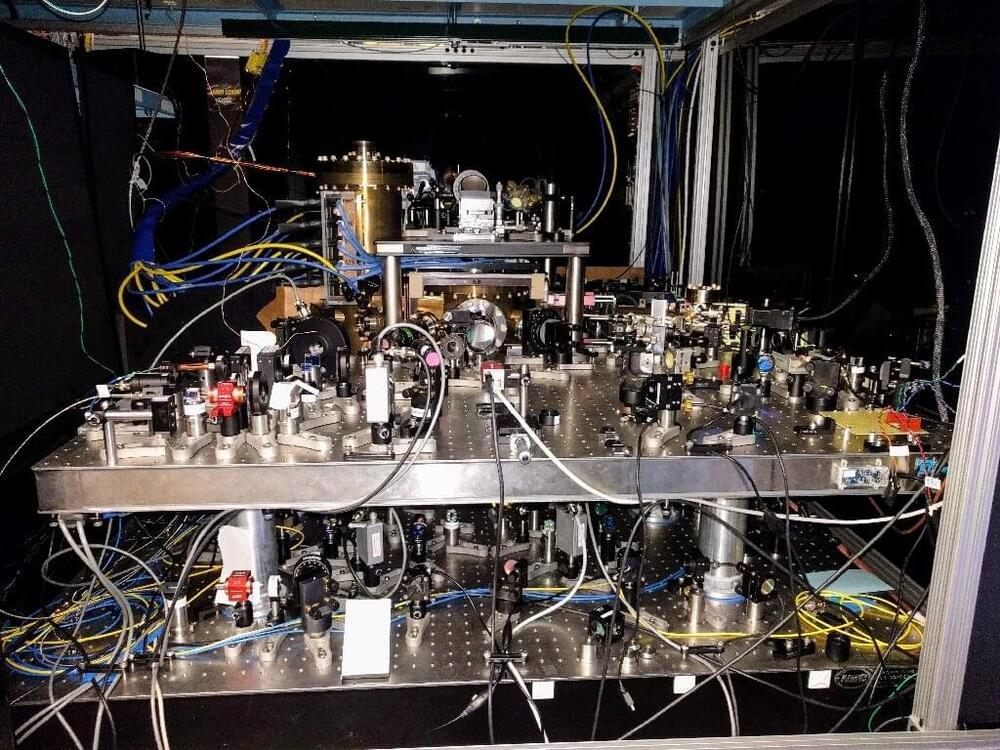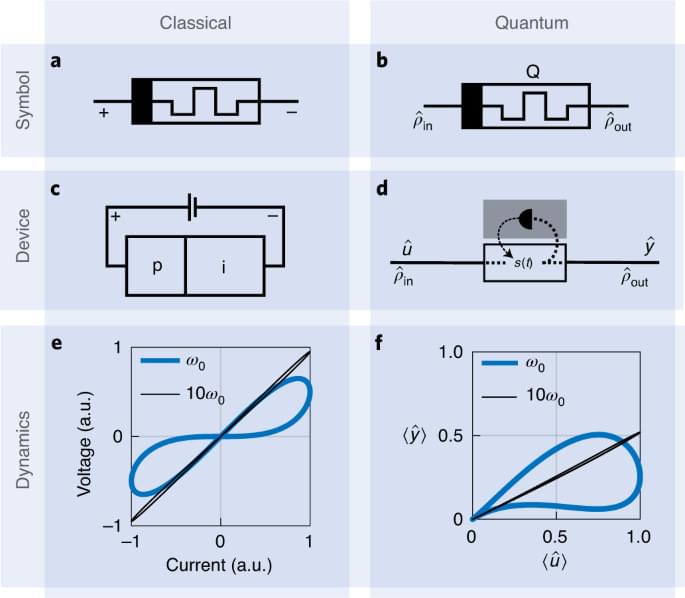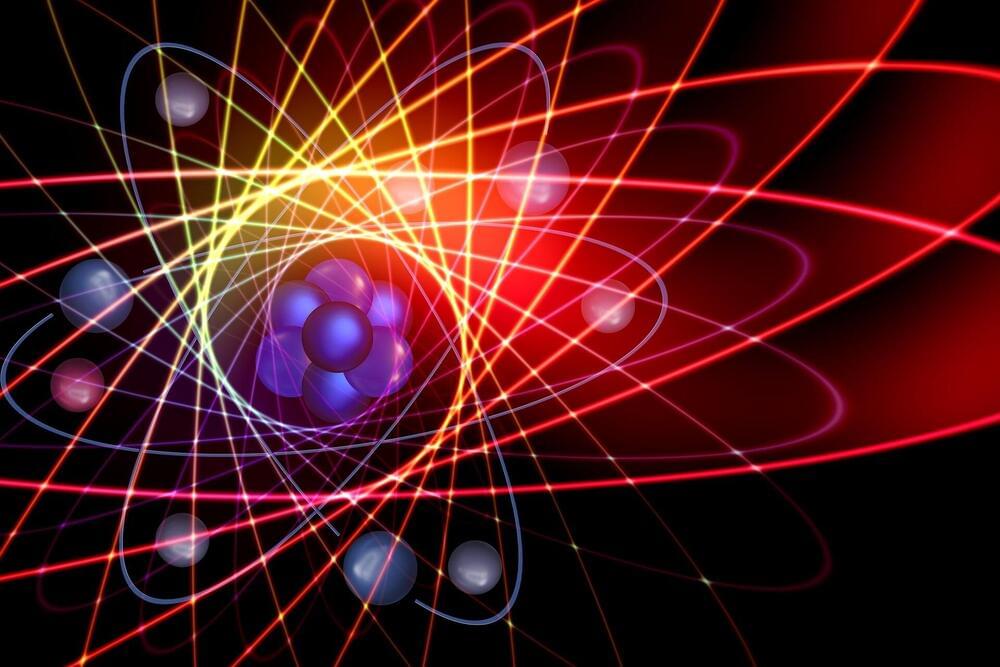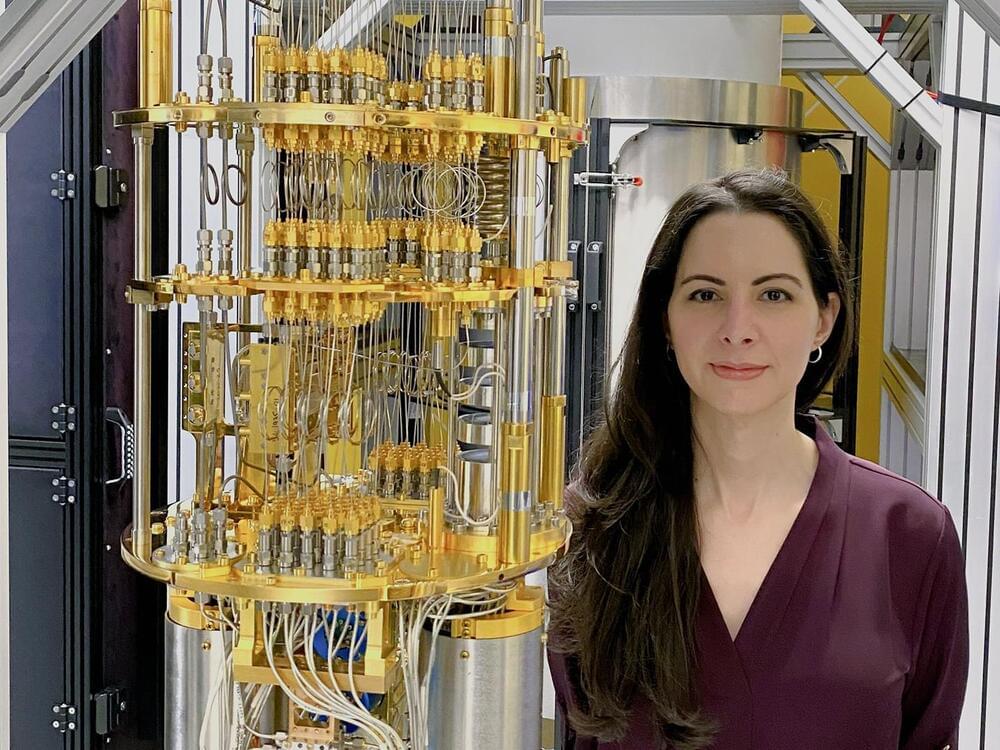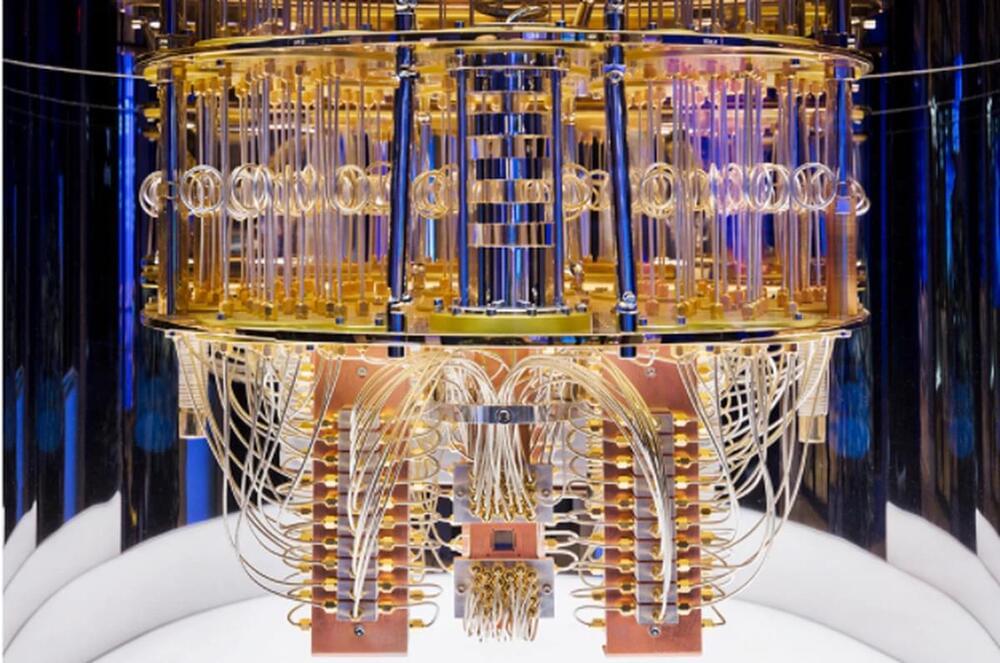Mar 27, 2022
Time-magnified photon counting with a 550fs resolution
Posted by Dan Kummer in category: quantum physics
“Time-resolved photon-counting plays an indispensable role in precision metrology in both classical and quantum regimes. In particular, time-correlated single-photon counting (TCSPC) has been the key enabling technology for applications such as low-light fluorescence lifetime spectroscopy and photon counting time-of-flight (ToF) 3D imaging. However, state-of-the-art TCSPC single-photon timing resolution (SPTR) is limited in the range of 10–100 ps by the available single-photon detector technology. In this paper, we experimentally demonstrate a time-magnified TCSPC (TM-TCSPC) that achieves an unprecedentedly short SPTR of 550 fs for the first time with an off-the-shelf single-photon detector. The TM-TCSPC can resolve ultrashort pulses with a 130-fs pulsewidth difference at a 22-fs accuracy. When applied to photon counting ToF 3D imaging, the TM-TCSPC greatly suppresses the range walk error that limits all photon counting ToF 3D imaging systems by 99.2 % (130 times) and thus provides unprecedentedly high depth measurement accuracy and precision of 26 {\mu}m and 3 {\mu}m, respectively.”

